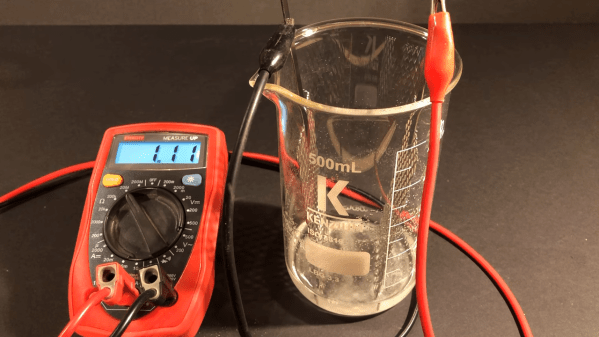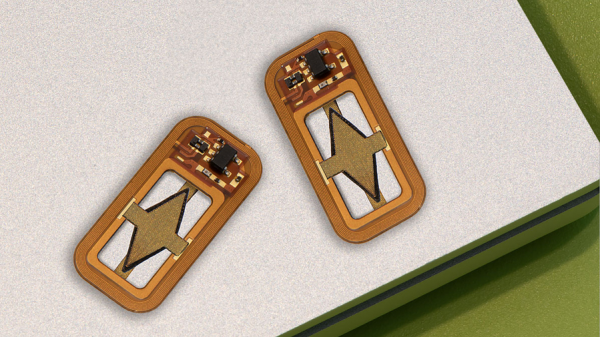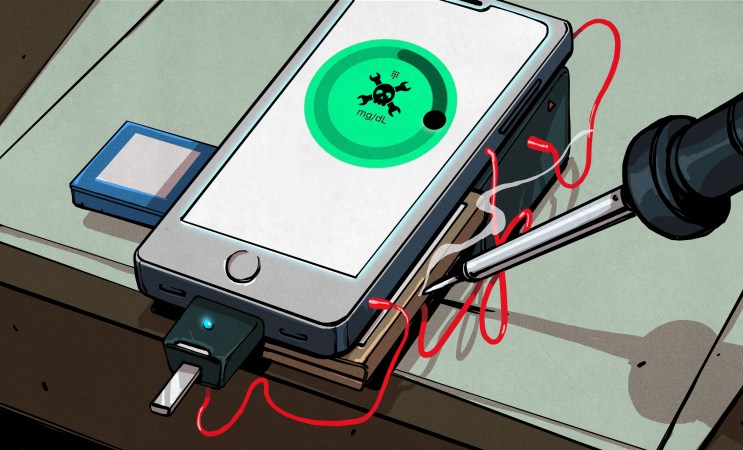Managing Type 1 diabetes is a high-stakes balancing act — too much or too little insulin is a bad thing, resulting in blood glucose levels that deviate from a narrow range with potentially dire consequences on either side. Many diabetics choose to use an insulin pump to make managing all this easier, but as a recent recall of insulin pump software by the US Food and Drug Administration shows, technology isn’t foolproof.
Thankfully, the recall is very narrow in scope. It’s targeted at users of the Tandem t:slim X2 insulin pump, and specifically the companion application running on iOS devices. The mobile app is intended to run on the user’s phone to monitor and control the pump. The pump itself is a small, rechargeable device that users often keep on their belt or tucked into a pocket that delivers a slow, steady infusion of insulin during the day, plus larger bolus doses to compensate for meals.

But version 2.7 of the t:connect mobile app can crash unexpectedly, and on iOS devices, that can lead to the OS continually relaunching it. Each time it does this, the app tries to reconnect with the pump via Bluetooth, which eventually runs down the battery in the pump. Once the battery is dead, no more insulin can be delivered, potentially leading to a condition called hyperglycemia (“hyper” meaning an excess, “gly” referring to sugar, and “emia” meaning presence in blood — excess sugar in the blood.)
Untreated hyperglycemia can progress to a much more serious state called diabetic ketoacidosis, which can lead to coma and death. Thankfully, nobody has suffered that fate from this bug, but the FDA has received over 200 reports of injuries, hence the recall. Tandem sent out a notice to all affected customers back in March to update their apps, but it’s still possible that some users didn’t get the message.
Apart from the human cost of this bug, there’s a lesson here about software design and unintended consequences. While it intuitively seems like a great idea to automatically relaunch a crashed app, especially one with a critical life-safety function, in hindsight, the better course might have been to just go into a safe mode and alert the user with an alarm. That’s a lesson we’ve learned by exploring space, and it seems to apply here as well.
Images: AdobeStock, Tandem Diabetes


















